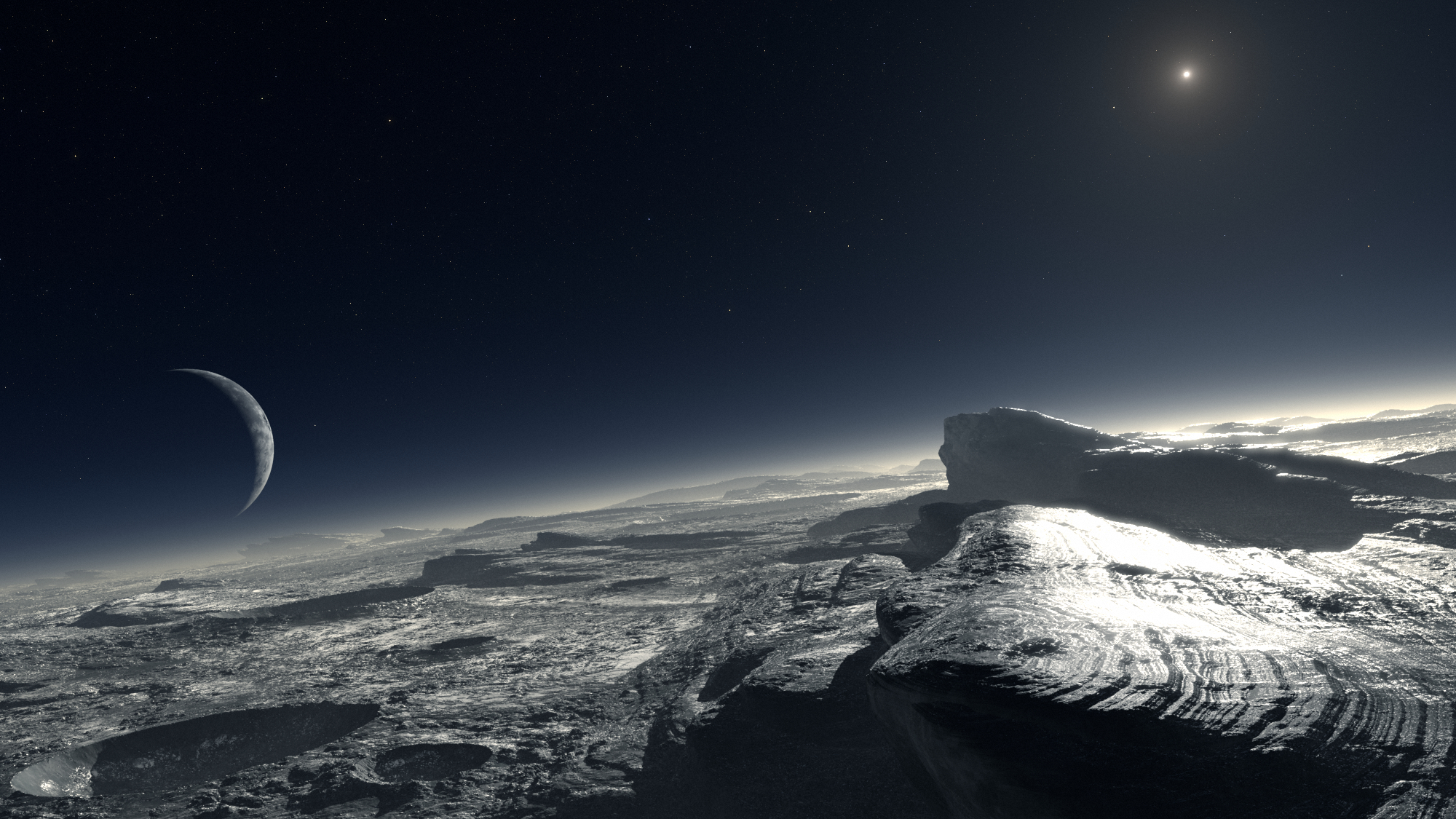

Excerpt from ancient-origins.net
In the Christian Bible, it is written that a man named Saul experienced an event so extreme that it changed his views in an instant, and he became one of the most influential evangelists in early Christianity.
Saul was said to have been a vehement persecutor of the followers of Jesus and was traveling in search of disciples of Jesus for punishment. It is written in the fifth book of the New Testament, Acts of the Apostles, that Saul was on the road to Damascus, Syria, when a bright light appeared in the sky. So intense was the light that he was blinded for three days. What he heard was described as a great thunderous sound, or a divine voice. He and his companions are said to have been knocked to the ground by the force of the event. The experience was so profound that Saul changed his name to Paul, took up missionary journeys across the Mediterranean, and became instrumental in spreading Christianity.


If true, then it’s possible that an act of nature may have been contributory in the spread and evolution of Christianity in its early days, and therefore shaped the course of history.
In a study published in the journal Meteoritics and Planetary Science, Hartmann cites major events like the meteors or asteroids over Chelyabinsk, Russia and Tunguska, Siberia as offering “opportunities to compare reactions of modern eyewitnesses to eyewitness accounts of possible ancient fireball events.” There are consistencies among the many accounts suggesting the biblical descriptions of Paul’s experience closely match known modern events, reports NewScientist.
In the biblical accounts, Paul was blinded for three days due to the intense light from the sky; it was “brighter than the sun, shining round me,” according to the text. This matches the Chelyabinsk meteor, as it was calculated to be shining around three times as bright as the sun. The blazing fireball made shadows move around the ground as it travelled.
Paul and his companions were said to have been knocked to the earth, and this also corresponds to the shockwave generated by the powerful Chelyabinsk meteor as it blasted out windows, knocked people off their feet, shook cars and buildings, and collapsed roofs.
The divine voice is said to have either boomed like thunder, or questioned Paul’s behavior (the exact sound is debated). Meteors create great, explosive booms and roars which can be scary or painful even for those who know what they’re experiencing.
To the ancients the incredible and unfamiliar natural celestial events were interpreted through cultural understandings of the day – which is to say, they were considered divine or damning.
The Chelyabinsk meteor gave off small amounts of radiation, enough to cause sunburn and temporary blindness in witnesses. Harmann suggests that Paul could have suffered photokeratitis, a temporary blindness from intense ultraviolet radiation, and this explains the return of his sight after healing.

Hartmann told NewScientist, “Everything they are describing in those three accounts in the book of Acts are exactly the sequence you see with a fireball.”
IBTimes writes that the Acts of Apostles text describes three events of bright lights “from heaven” which took place around Damascus during the 30s B.C. If meteorites can be found in Syria, and accurately dated to the relevant timeframes, it might give support to the published theories.
Hartmann’s research aim is not to discredit Christianity, but to demonstrate how the interpretation of ancient events may have shaped how we exist today, spiritually and culturally.
This wouldn’t be the first meteorite in history to have potentially inspired worship or acted as an agent of change. In antiquity meteorites were seen as messages from the gods, or profound omens, and many cultures saw fallen meteorites as religious icons to be worshiped or as objects of protection. Jewelry and art has also been created from the space rocks.
Each year devout Muslims make the pilgrimage to Mecca in Saudi Arabia, circling the Kaaba, or black stone, and give a nod or a kiss to the meteorite that is said to rest inside the Grand Mosque. The worship of the Black Stone goes back to pre-Islamic shrines, when Semitic cultures used unusual stones to signify sites of reverence. According to Muslim belief, the stone originates from the time of Adam and the Islamic prophet Muhammad set the Black Stone in place after it fell from the skies.
 |
| A 1315 illustration inspired by the story of Muhammad and the Meccan clan elders lifting the Black Stone into place. Was the black stone a meteor from space? |
In a more modern example, after the dramatic Chelyabinsk event over Russia in 2013, the ‘Church of the Meteorite’ was set up, and the followers hold rites on the shores of Lake Chebarkul where pieces of the space rock fell.
Some scientists regard the Conversion of Paul theory as speculation, but seem to welcome further evidence.
Bill Cooke, head of NASA's Meteoroid Environment Office told NewScientist, “It’s well recorded that extraterrestrial impacts have helped to shape the evolution of life on this planet. If it was a Chelyabinsk fireball that was responsible for Paul’s conversion, then obviously that had a great impact on the growth of Christianity.”
Indeed, “Some scholars call Paul the second founder of Christianity” says Justin Meggitt, religious historian at the University of Cambridge. Without the fireball, and without Paul’s conversion, perhaps Christianity would be different than it is today.
“Christianity probably would be very different without him,” Meggitt concludes.






















Comments